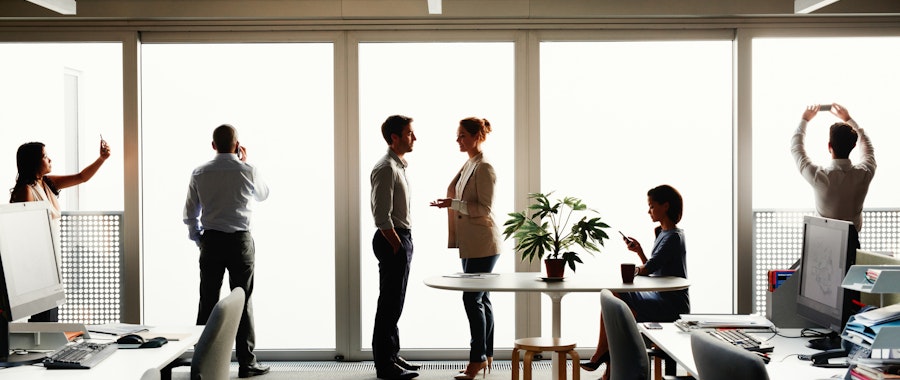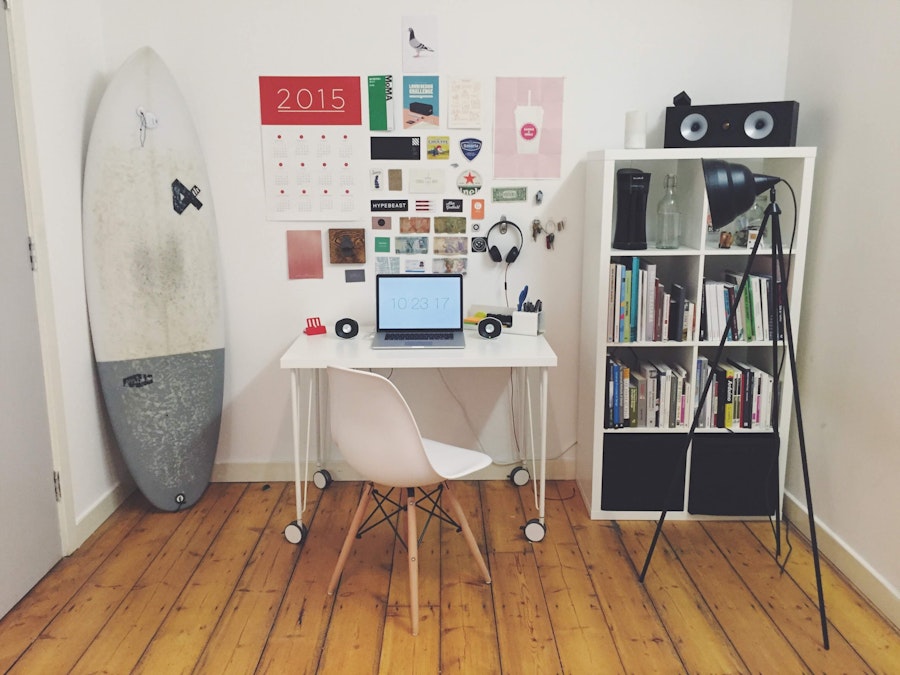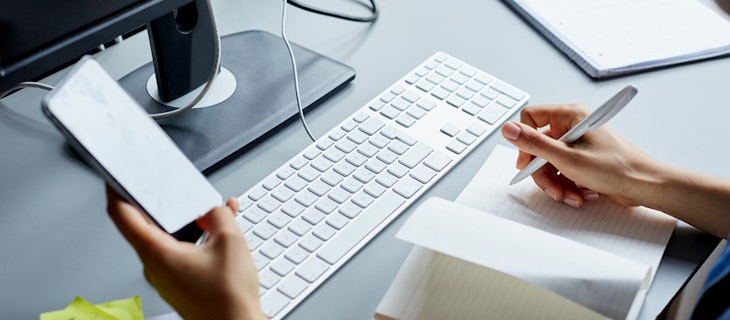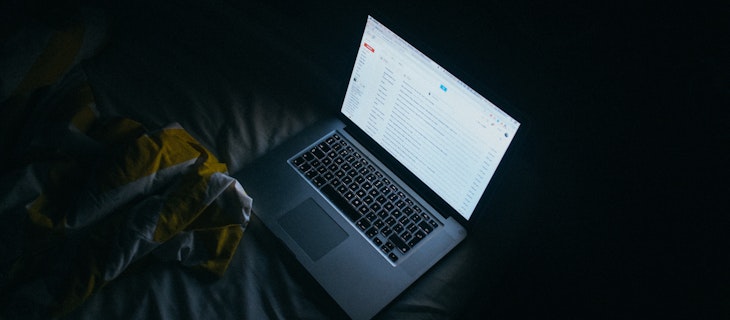
Four ways to fix productivity in the workplace
You might put in eight hours a day at the office, but how much of that time is really spent on productive work? A McKinsey Global Institute study found that only 39% of the average employees time is spent on their work. The other 61% is spent scrolling through your inbox, on social media, in traffic, or in endless meeting hell. Australian’s operate in a unique workplace landscape, both physically and culturally – so here are some easy steps to help you fix it.
1. Cut as many meetings as you can
A report from Australian coaching firm Human Capital found that 55% of professionals spend a quarter of their day in meetings, while an Opinion Matters survey found half of these were considered a waste of time. The fix is somewhat simple, it just requires a few tweaks to your internal culture:
- Create a meeting agenda. This is absolutely crucial in ensuring meetings stay on track with a pre-determined desired outcome. If everyone knows what they’re working towards, the likelihood of success (and knowing when you’ve found it) increases exponentially.
- Reduce the number of participants: Resist the temptation to invite extra co-workers ‘just in case’. More often than not, your team would be better off using their time to do the work required.
- Slash the meeting time. We’re conditioned for 60-minute meetings by calendar apps, but the need to fill them with pleasantries and catch-ups is a huge time-waster. Try aiming for 30-minute meetings, and you could be amazed at what might be achieved.
- Think about what information needs to be communicated prior to formal meetings. Could it be communicated in a better way? Try using a shared online document (like Dropbox Paper, wink) so every relevant employee can receive and respond to information within their own workflow, rather than making them ‘Drop Everything’ (wink) and sit in a conference room.
2. Phase out email as much as possible
Email itself isn’t the problem; it’s how we’re using it in today’s workplace. Where emails were once information-rich messages, they’ve started to become more like text messages. Nearly half of Australians check their emails every hour or more, and it takes us 24 minutes to refocus once we’ve sent one. A Yahoo Labs study also found that the average email response is between 5 and 43 words long – so in other words, acknowledgements and follow ups.
Also, the average Aussie employee gets interrupted seven times per hour, killing productivity for 78% of them. Try and make use of software designed for light-touch communication: Chat applications like Slack allow employees to fire off one-off messages without the formality of email. Better yet, being able to comment on working documents through Dropbox Paper or Dropbox’s Office 365 integration lets people weigh in on an evolving idea, instead of an endless string of emails and file versions.

3. Employ a remote working culture
This is a big one. Australian workers and business owners have a lot to gain from employing remote working in their policies. According to a 2016 State of the Environment report, the cost of avoidable congestion in Australia is around $6 billion in private time costs, $8 billion in business costs, and an additional $1 billion in air pollution costs. Pricey.
With the average Aussie commute taking 53 minutes (!), this could be time better spent on utilising the most productive hours of the day (7am to 12pm), or allowing employees to spend more time with their families or on personal enjoyment. With modern collaboration tools like video chat and shared documents, being in the same room is far less important today than it was 20 years ago.
We designed our office as a hub of collaboration that can support a remote workforce. We think the occasional day away from the office helps you focus on an individual project or catch up on that lost hour of sleep while using your work time to cultivate positive office relationships and collaborate on tasks in the same room.
4. Take breaks
Career coaches suggest that simply switching work tasks is often not enough. In order to cognitively recharge, you should step away from your desk at least once every 90 minutes. Particularly for creative roles, more significant breaks—like lunch out with friends or taking a walk around town—can be the difference between an unproductive afternoon and an innovative breakthrough. If your boss questions it, just send them to this page.
Of course, if you’re simply distracting yourself in two to five-minute bursts every 20 minutes, you’re less likely to find breaks refreshing. But stepping away for 10 minutes or more—a few times a day—is critical. Even if breaks like these bring down the number of hours you’re actively working, what matters is the work you produce. Remember: time spent recharging is what ultimately allows you to get things done.


